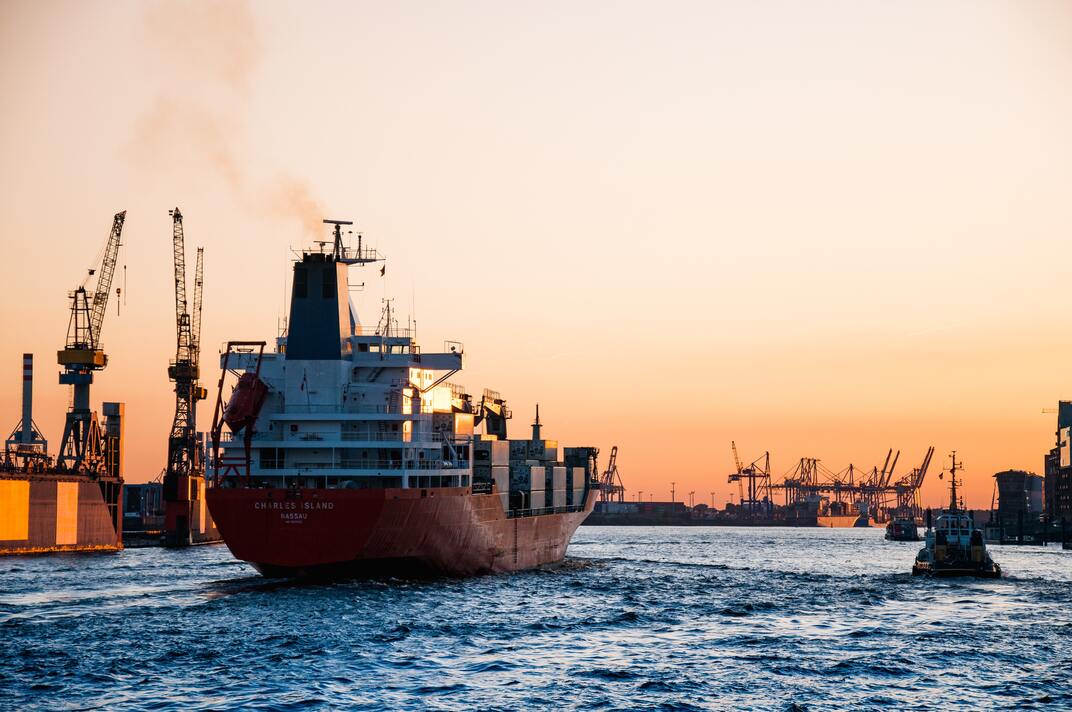With more onsite trade fairs resuming post-COVID-19, entrepreneurs planning to participate for the first time need to consider various fees to calculate accurately the cost of shipping their products to the trade exhibition grounds and avoid hassles, according to a seasoned exporter.
Mary Mediatrix Villanueva, owner of Shelmed Cottage Treasures, shared some useful tips and reminders to help new participants compute the cost of joining international trade fairs.
Citing an upcoming consumer goods fair in Germany slated for February next year as an example, Villanueva said exhibitors old and new alike must look at three major components of the shipping tariff, namely, origin charges, freight charges, and destination charges. It is also important to remember that the rates will vary depending on destination, weight and volume.
Origin charges cover those on export formalities per document, certificate of identification processing per document, service charge per exhibitor, arrastre/wharfage, and trucking.
Freight charges include ocean freight, terminal handling charges, one bunker surcharge, seal or stamp fee, bill of lading/document fee, and peak season surcharge. A general rate increase may likewise be imposed with or without prior notice.
Destination charges encompass the cost of transportation to the fairgrounds, unloading of container to exhibition booth, terminal handling charge, document/terminal security surcharge, customs clearance per exhibitor, customs inspection per exhibitor, and administrative fee.
Meanwhile, separate from these costs are charges for insurance, fumigation, display set-up/booth decoration, and supply of packing materials.
Also excluded are duties/taxes plus 15% disbursement fee and customs bond fee of 0.75% of CIF (cost, insurance, and freight) value.
Other charges in the computation of export costing may include:
•Additional customs tariff number
•Demurrage/detention
•Storage charges
•Surcharges for handling/delivery requests for Saturdays, Sundays and public holidays
•Additional service requests
Further, Villanueva advises exhibitors to keep tabs on the deadline for the submission of documents such as the final combined commercial invoice/packing list as well as the consignment deadline as indicated by the freight forwarder.
Exhibitors should accomplish two separate invoices and packing lists—one for the items for “permanent export” and one for items for “temporary export.” Items to be returned to the Philippines must have corresponding individual pictures for certificate of identification processing.
At the same time, labels should be marked properly to indicate the name of exhibition, name of exhibitor, hall number, stand number, case numbers, dimensions, and gross weight/net weight.
For the issuance of an invoice, the exhibitor needs to indicate the invoice number, date of invoice, exhibitor’s name, correct hall and booth number, customs tariff code per product, realistic amount of value declaration, and the way of customs clearance.
Source: PHILEXPORT News and Features
November 14, 2022













